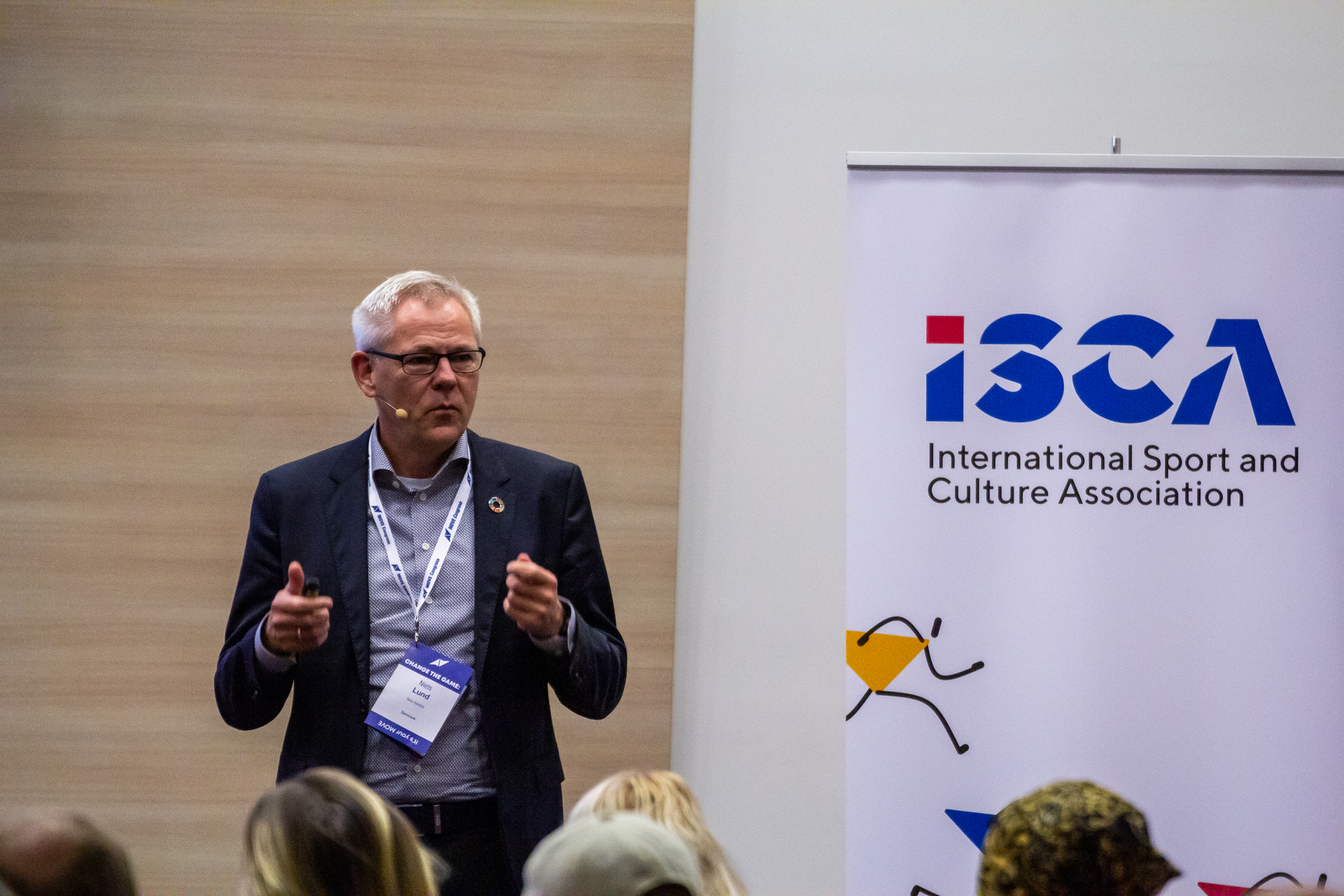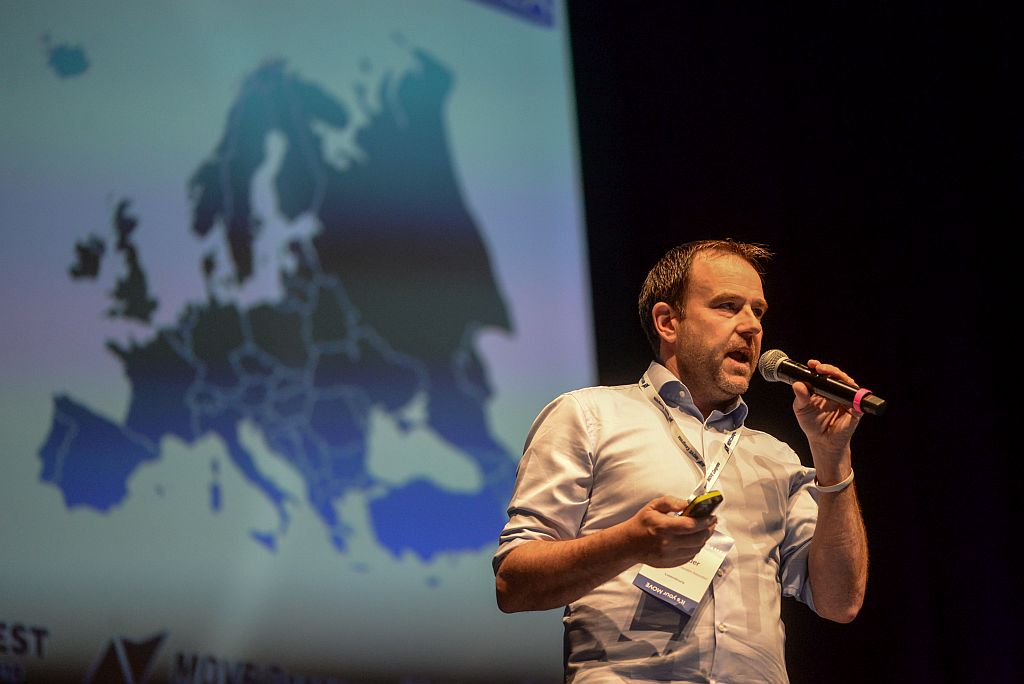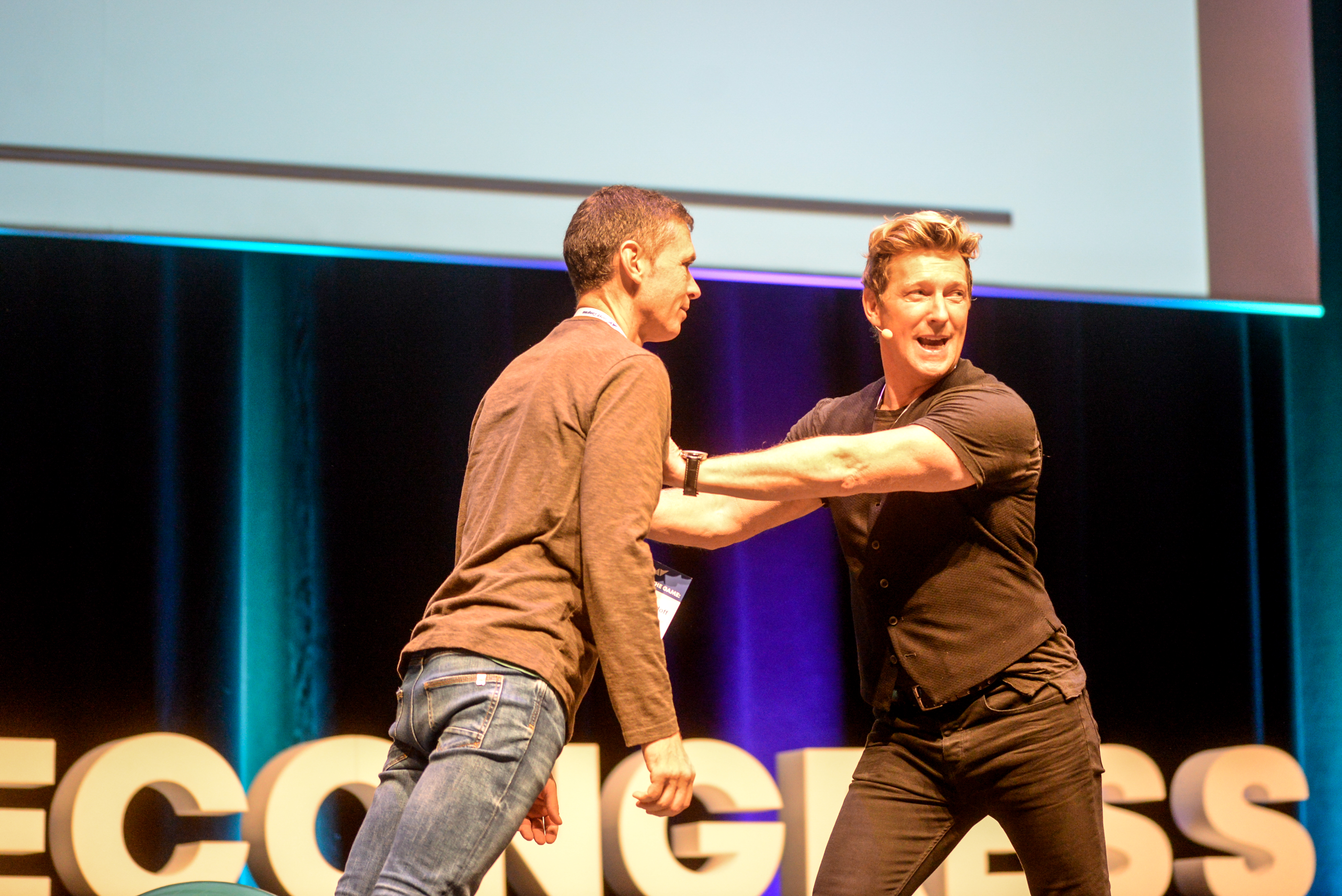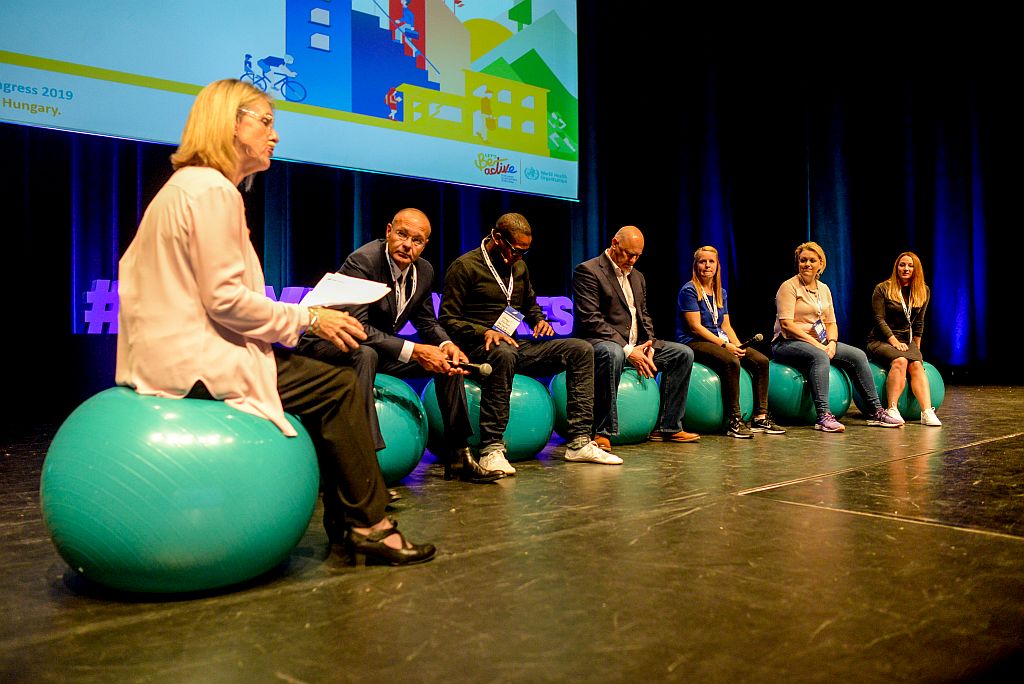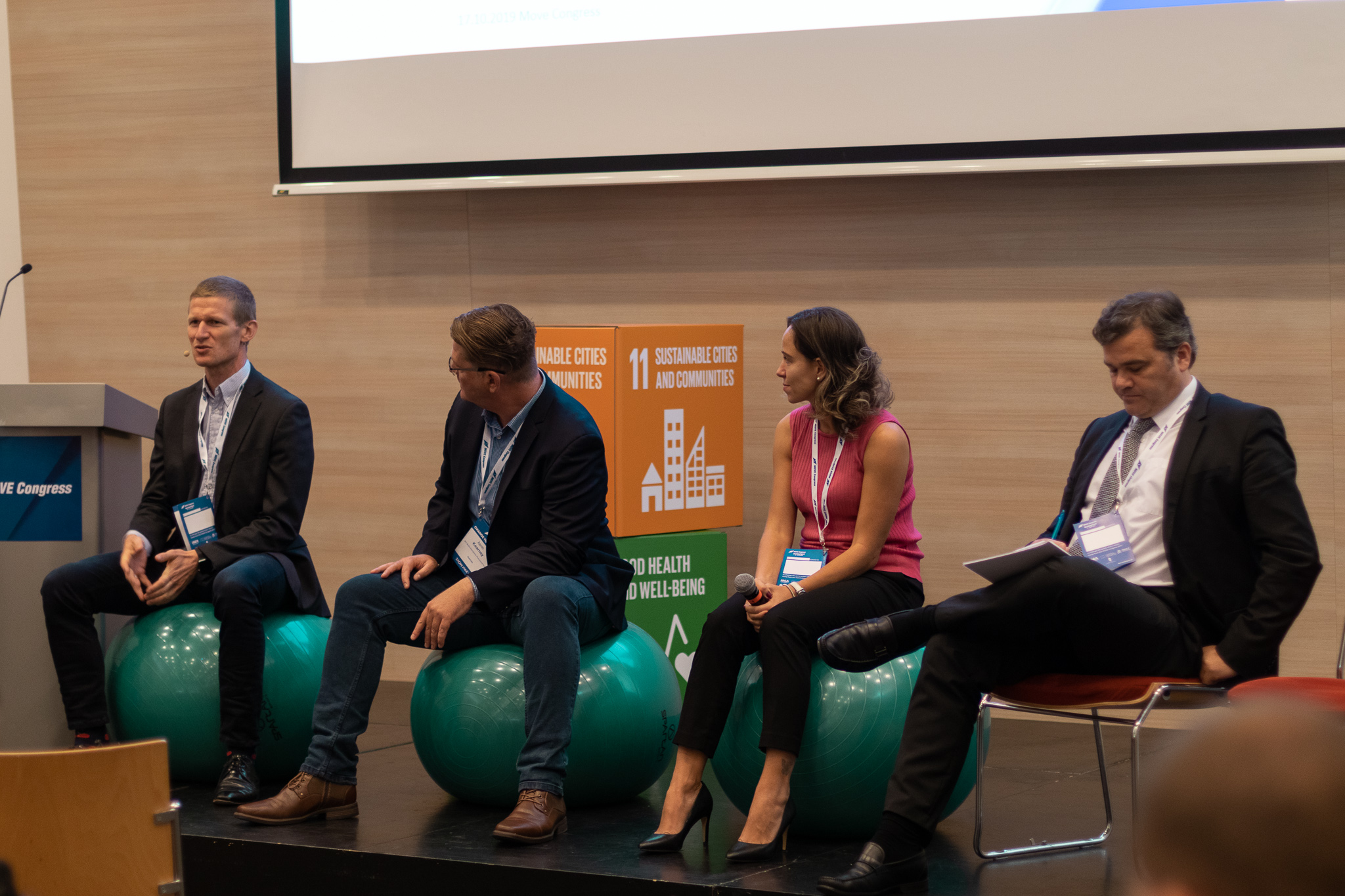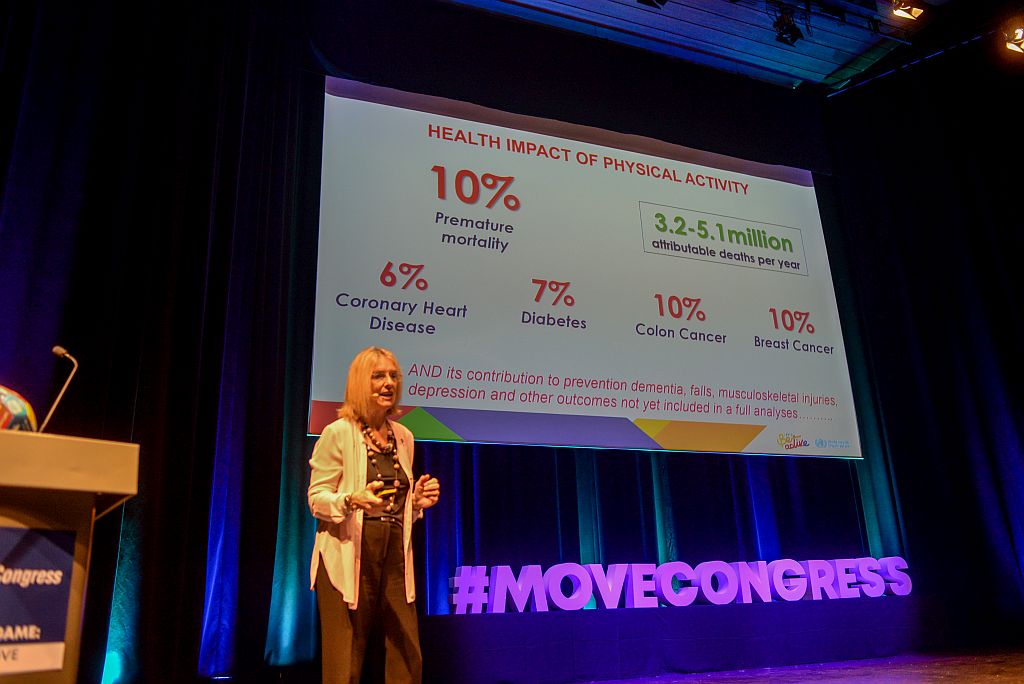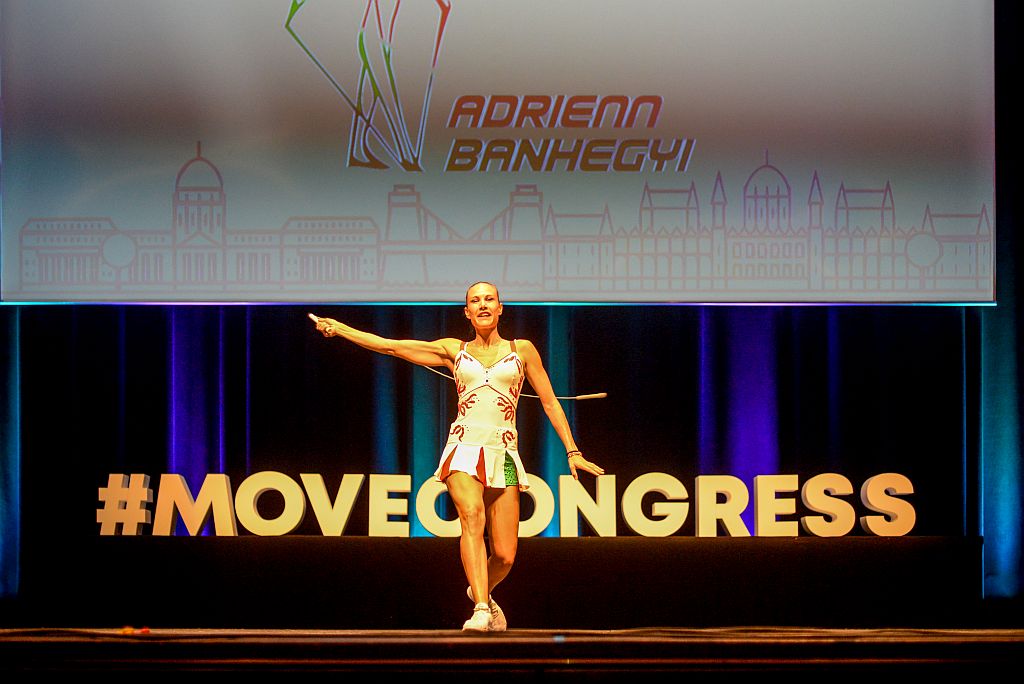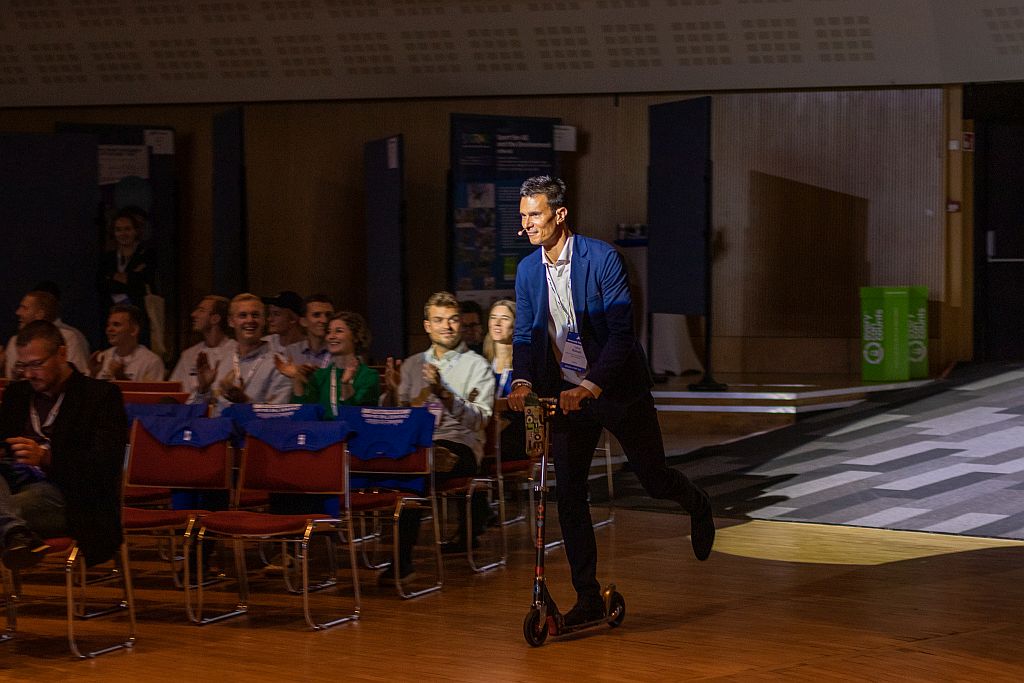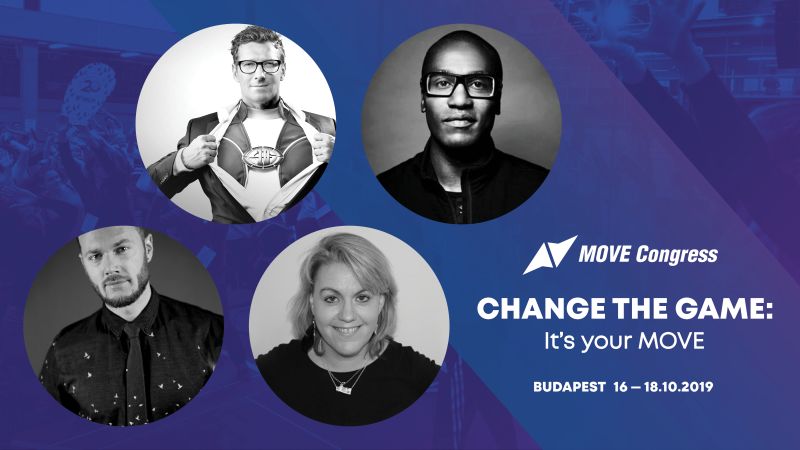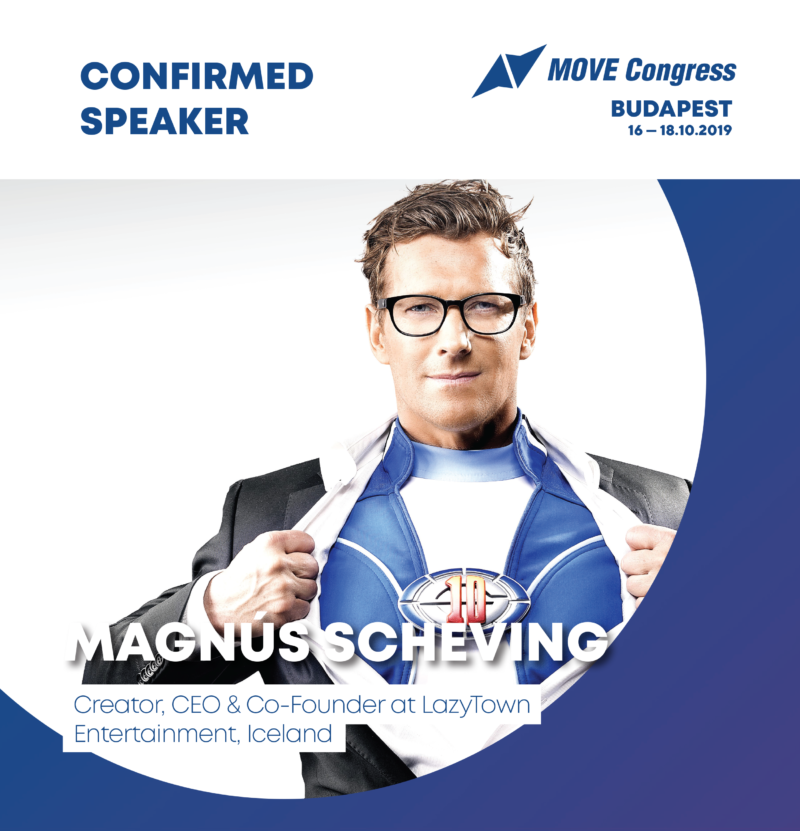Following on from successful fundraising workshops at the MOVE Congress in Rome (2014) and Copenhagen (2015), the “Opening new doors to funding and support” track at the MOVE Congress 2019 in Budapest presented an even more diverse picture of funding sources – from corporate to charities to emerging methods such as crowdfunding.
The track was led by ISCA Development Director and ASSOCIATIONWORLD CEO Kai Troll, who started the session by pointing out that grassroots sport and physical activity promoters need to be more proactive and look outside the box when it comes to seeking new partnerships and funds.
“We can work in an isolated way and do what we do, or collaborate in public-private partnerships and roll out our initiatives as multipliers. Isn’t it a no-brainer?”
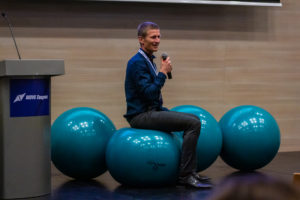 Fundraising is not only essential for many organisations to stay afloat, but also allows them to develop and break into new areas of work that they may not otherwise have the opportunity to try. Many of the participants in the room were familiar with EU funding opportunities, so ISCA Secretary General Jacob Schouenborg began with an overview of ISCA’s experience in working with EU projects and why they can be a good starting point for organisations to expand their networks and focus on developing new aspects of their work.
Fundraising is not only essential for many organisations to stay afloat, but also allows them to develop and break into new areas of work that they may not otherwise have the opportunity to try. Many of the participants in the room were familiar with EU funding opportunities, so ISCA Secretary General Jacob Schouenborg began with an overview of ISCA’s experience in working with EU projects and why they can be a good starting point for organisations to expand their networks and focus on developing new aspects of their work.
“Projects make you work with others and give you a plan,” he said. “Being awarded 65 EU grants has allowed us to find and reach out to partners from across sectors and across the world. This type of funding helps you invest in yourself and see yourself as a vehicle for innovation.”
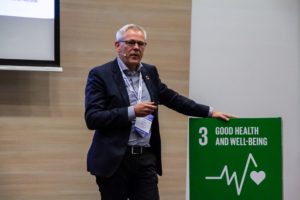 Niels Lund Vice President for Health Advocacy from Novo Nordisk, Denmark, Marianna Sikorowska, Grants Officer from the London Marathon Charitable Trust, UK, and Kristina Jasiunaite, Europe Director for World Bicycle Relief, Germany, gave exclusive insights into corporate funding, charities and online fundraising.
Niels Lund Vice President for Health Advocacy from Novo Nordisk, Denmark, Marianna Sikorowska, Grants Officer from the London Marathon Charitable Trust, UK, and Kristina Jasiunaite, Europe Director for World Bicycle Relief, Germany, gave exclusive insights into corporate funding, charities and online fundraising.
Whereas geographical boundaries and donors’ priorities can have a decisive impact on how they allocate funds, all of the speakers agreed that a similar approach can apply to all types of fundraising when organisations and individuals take their first steps.
Speaking the donor’s language is key, said Schouenborg, and Lund similarly advised to “get into the funder’s head and find out how they think. Make an effort to do your research.”
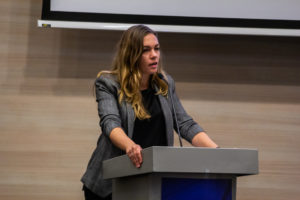 A project proposal and offer a win-win scenario for both the applicant and donor if it serves the interests of both organisations, Sikorowska said.
A project proposal and offer a win-win scenario for both the applicant and donor if it serves the interests of both organisations, Sikorowska said.
“Preparing a successful application that works for both sides is important,” she said. “It doesn’t have to be all about maintaining the funder’s focus area and goals, but finding innovative projects that fit into their frameworks.”
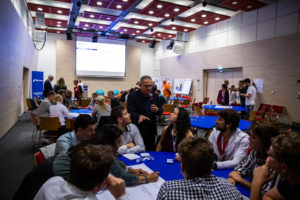 A panel discussion delving deeper into the speakers’ different perspectives rounded out the first part of the track, and the afternoon continued with a workshop led by Troll and the speakers, who mentored the participants in building hypothetical cases for support – but their valuable lessons learned will remain their secret takeaway from the MOVE Congress 2019!
A panel discussion delving deeper into the speakers’ different perspectives rounded out the first part of the track, and the afternoon continued with a workshop led by Troll and the speakers, who mentored the participants in building hypothetical cases for support – but their valuable lessons learned will remain their secret takeaway from the MOVE Congress 2019!
Photos by Márk Jelli
Opening new doors to funding and support
Following on from successful fundraising workshops at the MOVE Congress in Rome (2014) and Copenhagen (2015), the “Opening new doors to funding and support” track at the MOVE Congress 2019 in Budapest presented an even more diverse picture of funding sources – from corporate to charities to emerging methods such as crowdfunding. The track was led by ISCA Development Director and ASSOCIATIONWORLD CEO Kai Troll, who started the session by pointing out that grassroots sport and physical activity promoters need
New perspectives on physical activity promotion to children
LazyTown’s Magnús Scheving and the founder of the Primal Play method, Darryl Edwards, gave MOVE Congress participants a spectacular launch into a full day focusing on the theme of getting more children active. The track “Discovering new perspectives on physical activity promotion among school children” unveiled a new Moving Schools Award scheme and shared experiences from 3 continents, with speakers travelling to Budapest from Canada, the US, Hong Kong, Luxembourg, the UK and Poland to be part of the Congress. Presenting
Are we learning to MOVE for fun or is play a primal instinct?
When a MOVE Congress presenter arrives on the stage walking on his hands, you know you are in for an extraordinary experience. And one that’s guaranteed to get the audience moving. By the time Magnús Scheving, creator and star of LazyTown (the character Sportacus), wrapped up his presentation, the MOVE Congress participants were on their feet doing their best Sportacus poses and buzzing with a standing ovation as the day’s superhero left the stage. Day 3 of MOVE Congress began with
Game-changers connecting physical activity and health
Physical activity can help prevent non-communicable diseases. This is an established and scientifically proven fact. But it has taken time for the health and sport and physical activity sectors to recognise that they can join forces to help people become more active for their health. With Dr Fiona Bull from the World Health Organization underlining in the plenary that all MOVE Congress participants could play a part in delivering the WHO’s Global Action Plan for Physical Activity, the question that
Carving a new niche with Grassroots Sport Diplomacy
The second day of MOVE Congress 2019 brought various insightful talks and discussions, some of which took place during Track 2: Carving a New Niche with Grassroots Sport Diplomacy. Jacob Schouenborg, ISCA’s Secretary General, introduced the topic by noting that Grassroots Sport Diplomacy helps us look at our sector from a different perspective. “We know about grassroots sports, and we know about diplomacy, but those two terms have never been combined before,” he said. “Two years ago the concept of
Push the boundaries, think younger and embrace change to get more people moving
Dr Fiona Bull from the World Health Organisation (WHO) and Markos Aristides Kern from Fun With Balls commanded the stage in the MOVE Congress plenary on 17 October with TEDx style charisma, zooming in on physical activity from two vastly different angles and reaching one surprisingly similar conclusion. That we need to seriously challenge ourselves when it comes to getting more people active. Challenge ourselves to reach people who are inactive and likely to fall outside the radar of our daily
MOVE Congress 2019 opens in Budapest
Game ON. The 9th MOVE Congress has opened in Budapest, where over 470 game-changers from around the world are gathering to share their secrets to getting more people active. And being the MOVE Congress, we don’t just talk the talk, we also walk the walk – or ride or jump, as the presidents of the host organisations did as they entered the Budapest Congress Center stage in style. ISCA president Mogens Kirkeby and the Hungarian Student, University and Leisure Sports Federation
Rolling into the MOVE Congress 2019
Can you imagine two organisations’ presidents rolling on scooters into an international conference? This was the official opening of the MOVE Congress 2019 on 16 October when the hosts Mogens Kirkeby, president of the International Sport and Culture Association, and Gabor Balogh, president of the Hungarian National Student, University and Leisure Sports Federation, appeared on the stage of the Budapest Congress Center to welcome the attendees. The MOVE Congress 2019 is one of the biggest conferences in the world that unites
Meet these game-changers (and many more!) at the MOVE Congress
In our day-to-day work in our associations, federations or regular workplaces it's not often we get a chance to rub shoulders with TV stars, decision-makers from the World Health Organisation, UNESCO, the EU Sport Unit, successful campaign managers, former athletes, fitness gurus and TEDx speakers. But at conferences, anything is possible! That's why we are gathering the most high-profile speakers for our MOVE Congress 2019 programme. Who can you meet in Budapest this October? High-level decision makers, health and physical activity advocacy
“Grown-ups are making one big mistake when it comes to getting kids moving”: Interview with LazyTown’s Magnús Scheving
After being one of the world’s highest profile promoters of healthy lifestyles to kids for the past 20 years, LazyTown Entertainment CEO Magnús Scheving has learned an important difference between ‘exercise’ and ‘movement’ that many adults don’t often recognise. “We don’t need to get kids to exercise,” he says. “I don’t think kids should exercise, they should do everything through a game.” The Icelander, who turned himself into a real-life cartoon superhero and international TV star, will now share his

